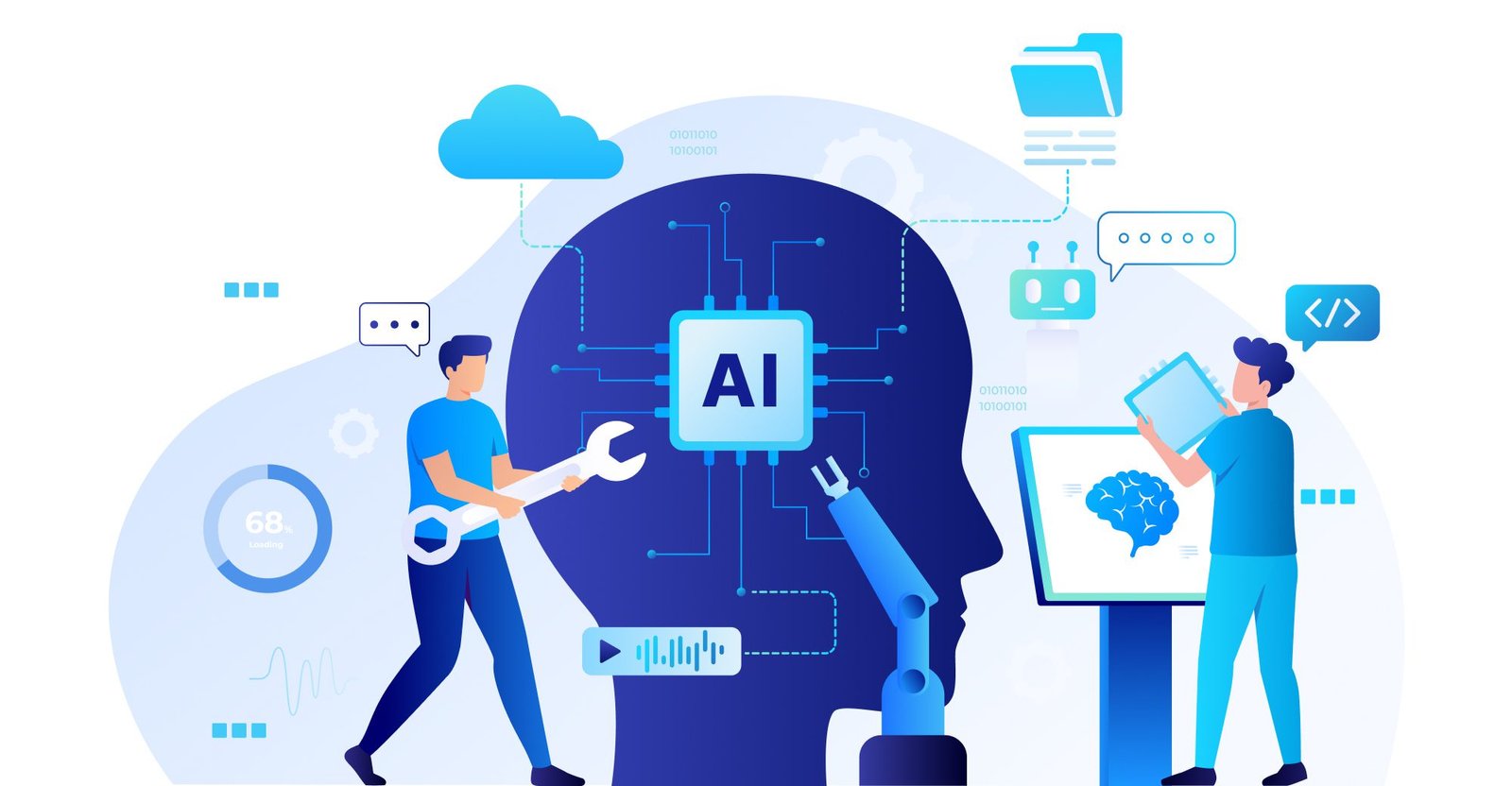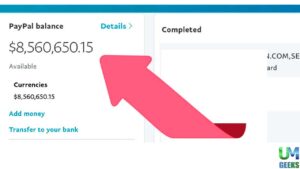In today’s interconnected business world, managing funds for accounting software used by multiple businesses has become increasingly challenging. Suppose you’re a serial entrepreneur, a corporation with subsidiaries that’s growing, or an accountant working for several clients. In that case, having the appropriate accounting software may make or break how well you manage your finances. The accounting software market is expected to experience significant growth in the next few years, making it essential to stay informed about the latest trends and solutions to make informed choices.
Demand for Multi-Business Accounting Solutions
The global market for accounting software is growing at an unprecedented rate, and estimates indicate that it will continue to expand rapidly in the years to come. The need for advanced multi-entity accounting solutions has never been stronger, as businesses become increasingly complex and interconnected. Businesses today require systems that can efficiently handle consolidated reporting, transactions between companies, and activities in multiple currencies.
The move towards digital transformation has accelerated the adoption of cloud-based accounting solutions, which have transformed the way firms manage their finances across multiple entities. This change demonstrates not only that technology is continually improving, but also that the way businesses are structured is evolving.
Define Modern Multi-Business Accounting Software
Centralised Dashboard and Unified Reporting
The most important aspect of good multi-business accounting software is that it provides a central view of all your businesses while maintaining the integrity of each one separately. Modern solutions feature unified dashboards that enable users to navigate between firms or view combined reports with just a few clicks.
Advanced reporting features enable stakeholders to create financial statements, consolidated reports, and comparisons between different business units that are customised to their company. This centralisation reduces the time it takes to transition between various systems and lowers the likelihood of mistakes that often occur when managing multiple accounting systems.
Cloud-Based Architecture and Real-Time Accessibility
Cloud deployment is becoming the most popular way to utilise accounting software, as it is highly flexible and easily accessible. Cloud-based solutions enable business owners and their teams to access financial data from anywhere, allowing them to stay connected and informed. This is very important for businesses with teams that work from home or in different locations.
The benefits extend beyond just being easily accessible. Cloud solutions typically feature automated upgrades, enhanced security measures, and the flexibility to scale that traditional desktop solutions often lack. Cloud-based systems eliminate the need for complex network setups and significantly reduce IT maintenance costs for enterprises that manage multiple entities.
Advanced Automation and AI Integration
AI and automation have revolutionised multi-business accounting by streamlining data entry and enhancing accuracy. Modern accounting software utilises machine learning algorithms to automatically categorise transactions, identify unusual trends, and even predict how cash flow will evolve for various businesses.
Automation encompasses tasks such as bank reconciliation, invoice processing, and making regular journal entries. For firms that operate multiple entities, this automation becomes particularly useful because it works across all of them without requiring additional effort.

Top-Tier Solutions for Multi-Business Accounting
Enterprise-Level Solutions
Sage Intacct is a top choice for mid-sized businesses that need advanced multi-entity features. The platform features advanced capabilities, including multi-dimensional reporting, robust data consolidation tools, and full revenue recognition functionality. Its cloud-based structure enables all business units to access financial data in real-time.
The program excels at handling complex organisational structures because it can manage various subsidiaries, divisions, and locations all on one platform. Its dimensional reporting features enable companies to analyse their financial performance across multiple segments, providing them with essential information for making informed strategic decisions.
NetSuite ERP is a sophisticated enterprise-level accounting software that facilitates seamless integration of financial management with other business tasks. NetSuite is a single platform that can handle everything from managing inventory to managing customer relationships across several organisations. This makes it a suitable choice for firms that require more than just accounting services.
Mid-Market Solutions
QuickBooks Enterprise remains a popular alternative for organisations that are developing and need to handle more than one company without the complexity of enterprise-level systems. You may install the software on up to 30 computers, and it has capabilities that are specialised to specific industries and types of businesses.
The platform’s strengths include its familiar UI and numerous third-party interfaces, which make it easier for firms to transition from single-entity to multi-entity accounting without requiring extensive learning. Its strong inventory management and advanced reporting tools make it an excellent choice for enterprises with complicated operating needs.
Budget-Conscious Options
Wave Accounting is a great free option for small businesses that need to manage multiple entities. The software can handle up to 15 corporations at no additional cost, which is ideal for entrepreneurs and small business owners who need to manage various entities without incurring extra expenses.
Wave is free and offers a range of features, including invoicing, expense tracking, and basic reporting for multiple companies. Although it may not have all the complex features of expensive solutions, it is an excellent value for firms that only require basic accounting assistance.
Emerging Trends Shaping Multi-Business Accounting
Integration with Business Intelligence and Analytics
Increasingly, modern accounting software offers extensive analytical features that extend beyond mere financial reporting. With these technologies, firms can conduct predictive research, identify trends across different entities, and make informed decisions based on detailed financial information.
Adding business intelligence capabilities to accounting platforms enables the creation of advanced dashboards and visualisations of data. This tendency is advantageous in environments with multiple businesses because stakeholders need to quickly assess how well different companies are performing and identify areas that require improvement.
Enhanced Security and Compliance Features
As data security becomes increasingly important, accounting software companies are investing substantial resources in enhanced security measures. Encryption, multi-factor authentication, and regular security audits are now standard features, rather than extras that incur additional costs.
Another trend on the rise is the automation of compliance. This means that software platforms automatically update to reflect changes in rules and regulations in different places. For organisations that operate in more than one state or country, this automation makes it much easier to be compliant and lowers risk.
API Integration and Ecosystem Connectivity
The move towards open ecosystems has led to significant API development, enabling accounting software to integrate seamlessly with other business applications. This ability to link is instrumental in contexts with more than one firm, because various businesses may utilise different software for different tasks.
Modern platforms can easily integrate with financial systems, payment processors, inventory management systems, and customer relationship management (CRM) platforms. This ecosystem strategy eliminates data silos, ensuring that information flows seamlessly between all business units.
Strategies for Multi-Business Accounting Software
Assessment and Planning Phase
A complete evaluation of current procedures and future needs is the first step towards successful implementation. Companies should assess their current accounting processes, identify any issues, and establish clear objectives for the new system.
All of the people who will utilise the system should be involved in the planning phase. During the selection and implementation phase, it’s essential to consider that different business units may have distinct needs. Creating a specific timeline for the project with clear milestones is an effective way to ensure its success.
Data Migration and System Setup
One of the most essential parts of setting up multi-business accounting software is moving data. Data cleansing and mapping are crucial steps to ensure that old data is transferred accurately to the new system. This method requires careful planning to ensure data accuracy across multiple companies.
Setting up a system involves establishing user permissions, configuring the chart of accounts, and defining relationships between companies. The goal is to build a system that allows for both individual entity reporting and consolidated financial statements while keeping access limits in place.
Training and Change Management
For new accounting software to be helpful, people need to use it. Training programs should cater to all types of users, from data entry staff to top executives, and meet their individual needs. Training for environments with multiple businesses should include both entity-specific tasks and the ability to create consolidated reports.
Change management solutions facilitate the transition from outdated systems to new ones. This involves making the benefits evident, addressing users’ questions, and providing ongoing support during the initial deployment period.
Best Practices for Managing Multiple Businesses
Standardizing Processes Across Entities
Every firm is different, but standardizing the essential accounting processes for everyone in the company makes things easier and more efficient. Standard chart of accounts structures, consistent coding techniques, and unified reporting formats make it easier to put together and compare reports.
Standardisation should also include policies and procedures so that everyone follows the same rules for recognising revenue, categorising expenses, and reporting finances. This consistency makes consolidated financial statements more accurate and reduces the likelihood of errors.
Establishing Robust Internal Controls
To prevent fraud and ensure accuracy, businesses with multiple locations require advanced internal control systems. When managing various entities, it becomes even more crucial to establish clear roles and responsibilities, effective approval structures, and regular reconciliation procedures.
To establish adequate controls, technology is essential. Modern accounting software features audit trails, automatic approval workflows, and exception reporting, which help maintain control integrity across all company entities. Regular checks and reviews of these controls ensure they continue to function correctly.
Monitoring Key Performance Indicators
To manage multiple businesses effectively, you must closely monitor the performance of each one. Each business unit should have key performance indicators, and there should also be consolidated metrics that show how well the whole organisation is doing.
Dashboard-based reporting enables management to monitor key metrics in real-time, allowing them to identify issues promptly and address them effectively. The ability to transition from consolidated views to entity-specific details provides the freedom you need to make informed decisions.
Cost Considerations and ROI Analysis
Understanding Total Cost of Ownership
When looking at multi-business accounting software, you need to think about more than just the initial licensing fees. You also need to think about the overall cost of ownership. The total investment includes the costs of setting up the system, training, ongoing maintenance, and any customization needs that may arise.
Cloud-based solutions typically have more predictable costs, as they charge a monthly or annual fee. However, organisations should also consider the costs of storing data, integrating new systems, and any additional fees that may arise when the business expands, such as for increased customer or corporate demand.
Calculating Return on Investment
The benefits of multi-business accounting software often include improved decision-making, reduced errors, and increased productivity. There are measurable benefits, including saving time with automated operations, requiring less manual consolidation, and producing more accurate reports.
It may be more challenging to quantify indirect benefits, such as increased compliance, improved cash flow management, and enhanced strategic planning skills. Still, they often add up to significant value over time. A comprehensive ROI study should examine both direct cost savings and indirect value creation.
Future Outlook and Technological Advances
Artificial Intelligence and Machine Learning
New features are always being added to accounting software that uses AI and machine learning. Predictive analytics, automatic anomaly detection, and intelligent process automation are becoming mainstream features instead of advanced options.
AI-powered insights can identify trends and patterns across multiple businesses that may not be apparent when examining each company individually. This ability to analyze data across different entities provides businesses with crucial strategic information that can help them make informed decisions about growth and investments.
Blockchain and Distributed Ledger Technology
Blockchain technology is still relatively new, but it has the potential to be utilized in accounting for various businesses, particularly for transactions between companies and audit trails. The fact that blockchain records can’t be changed could make complex transactions between multiple entities more open and safe.
Smart contracts can automate certain aspects of business-to-business agreements and transactions. This would reduce the human workload and ensure that all companies consistently adhere to the same regulations.








